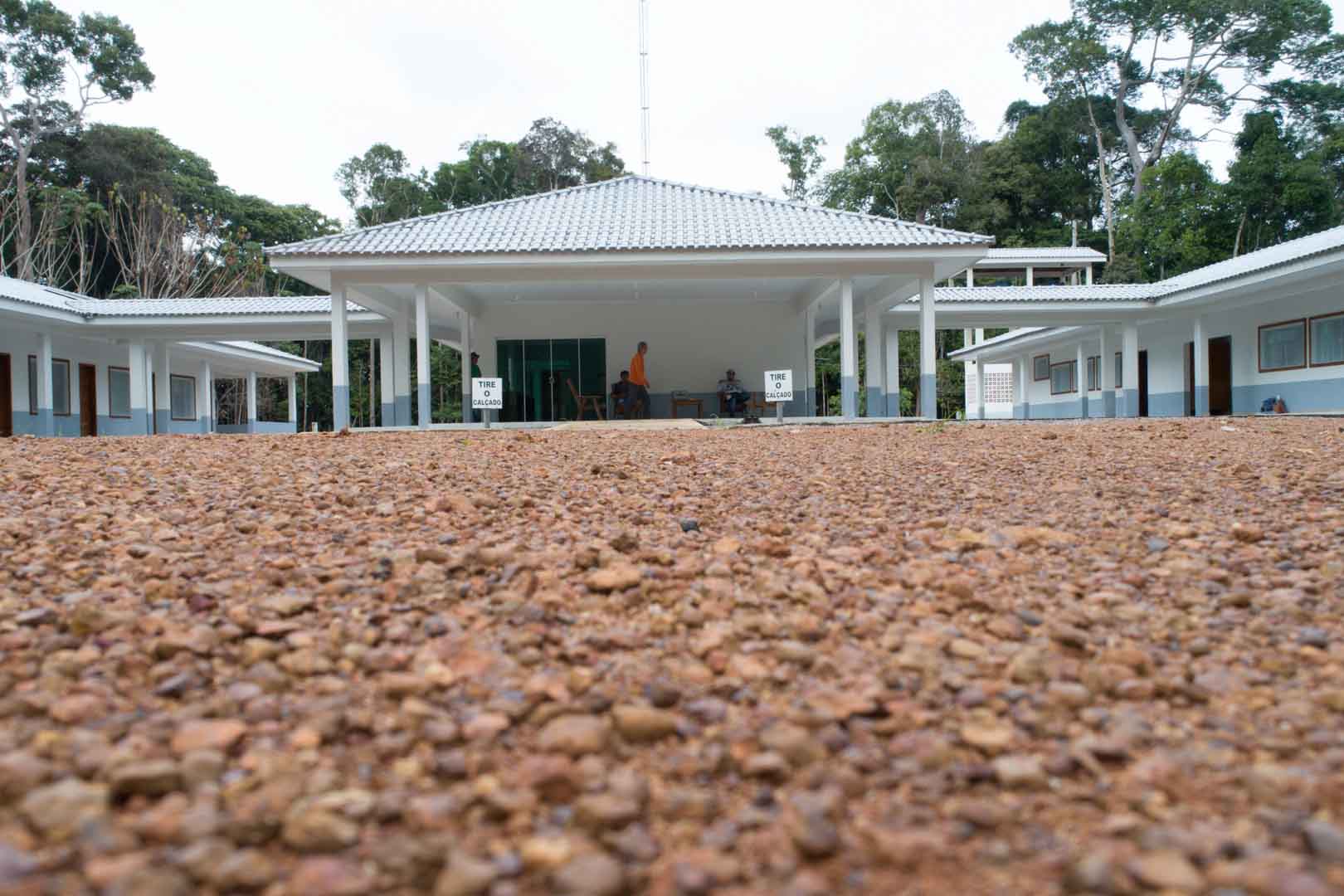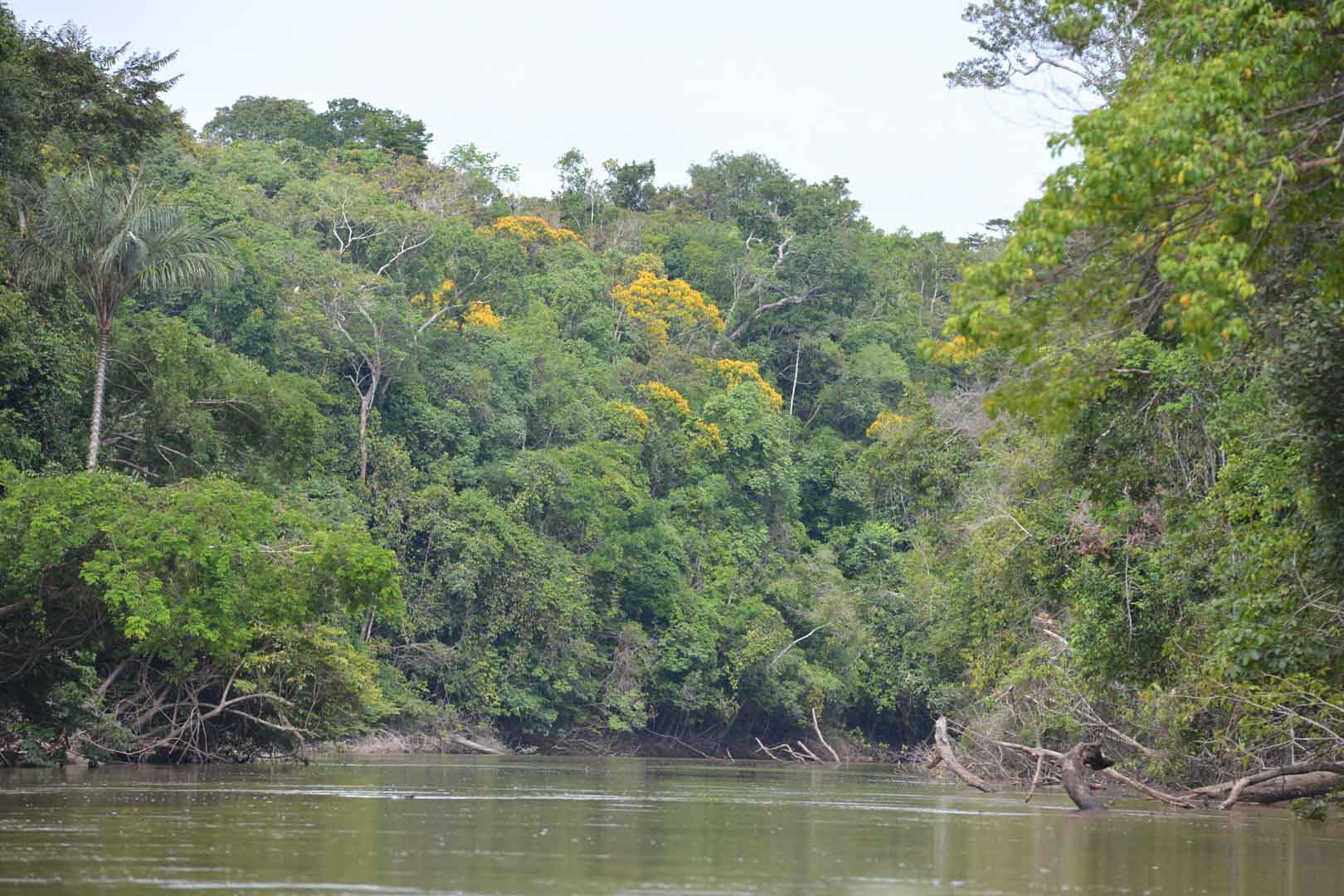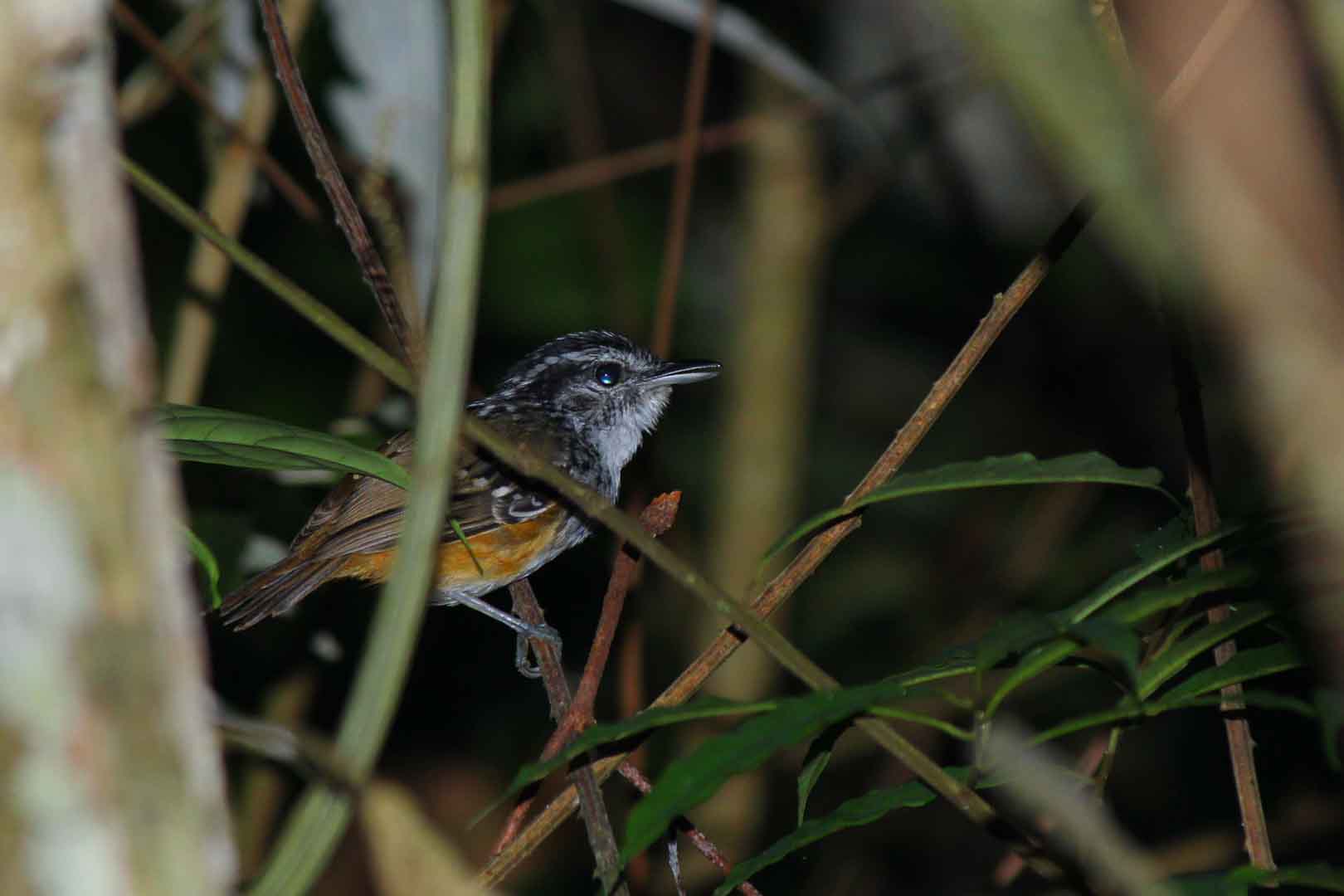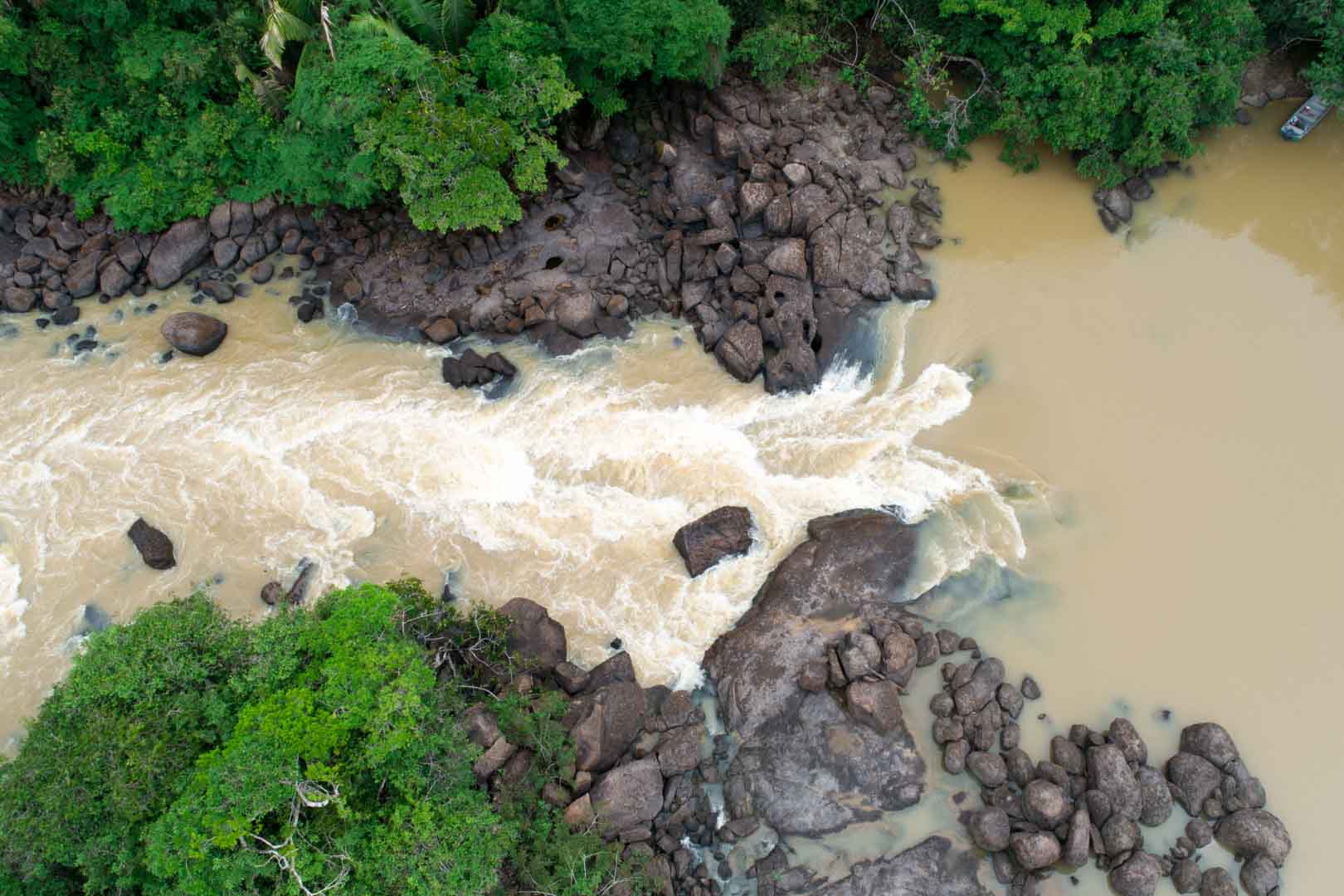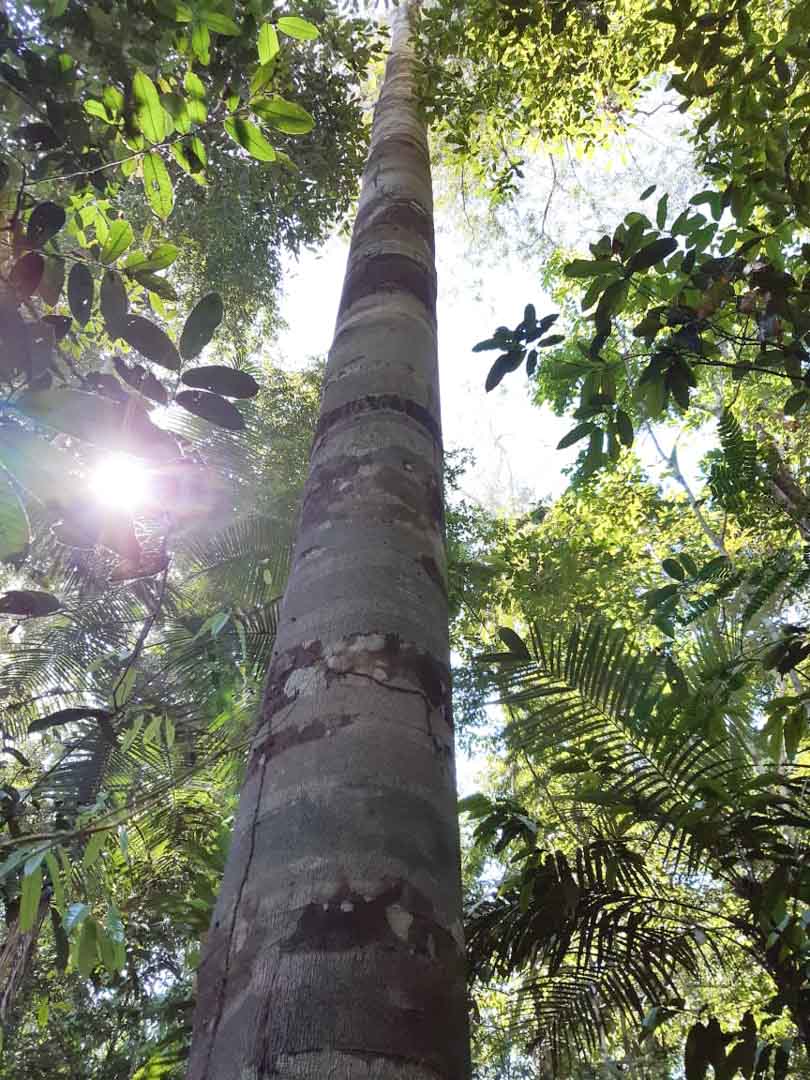Training local stakeholders how to manage forests sustainably
This REDD+ project is located in the State of Rondônia, Brazil. The project’s 72,843 hectares area acts as a guardian of the rich biodiversity of the region, also serving as an ecological corridor between the local conservation areas. The aim is to improve the quality of life, offering social empowerment by training farmers in sustainable farming practices and forest management. There are some important biodiversity conservation goals, including the maintenance of forest coverage and the protection of several wildlife species.
It’s been recognized by the Food and Agricultural Organization of the United Nations as being an exemplary case of sustainable forest management in Latin America and the Caribbean (2010) and is certified by the Forest Stewardship Council (FSC), as a world reference in sustainable timber production. By preventing unplanned deforestation, about 7,457,910 tonnes of CO2 emissions will be avoided during the project lifetime (30 years).

Forests are not only among the planet's most important carbon reservoirs. They also are home to an enormous diversity of species and are the livelihood for all people. However, global forest areas have declined sharply in recent decades due to increasing settlement, agricultural use, illegal logging and mining.
Forest protection projects ensure that forests are preserved in the long term and that the protection of forests is given a higher value than their deforestation. Together with the local population, project participants protect the area from negative influences. To allow for this the projects create alternative sources of income and educational opportunities. Depending on the project region, forests store varying amounts of carbon per hectare. Particularly high amounts of carbon are stored in the vegetation and soil of tropical swamp forests, primary rainforests, or mangroves. Forest protection projects in the ClimatePartner portfolio are registered with international standards.
Explore our projects
Biochar for Climate Action, Healthy Soils, and Better Harvests

A certified climate project combined with additional commitment

Expansion of renewable energy generation in Asia

Ceramic water filters save CO2 and improve health

Improved cookstoves worldwide – for better health and cleaner air

A certified climate project combined with additional commitment

Powering access to renewable energy in Africa

A certified climate project combined with additional commitment

Restored ecosystems remove carbon

Turning degraded farmlands into healthy ecosystems

Improved cookstoves - better for health and the environment
